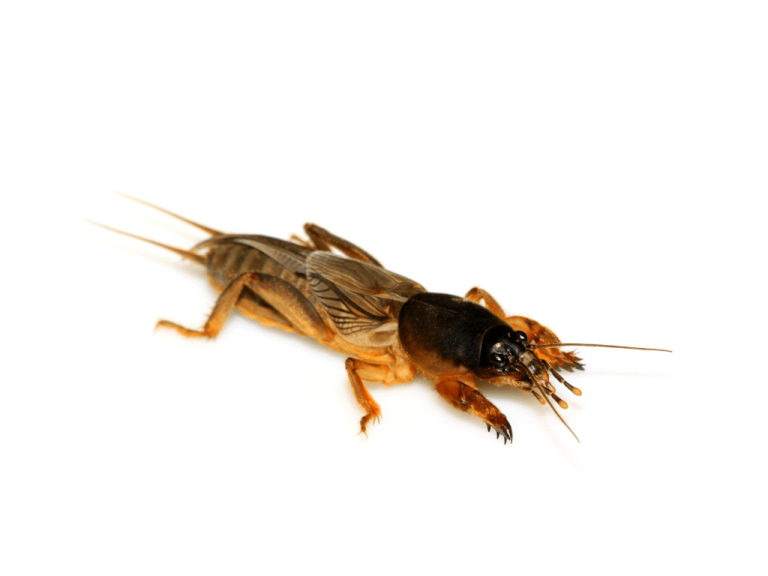In the summer, if you catch a grasshopper and a mole cricket, you’ll notice that the grasshopper’s hind legs are so robust, while the mole cricket’s front legs are so thick. From an entomological perspective, they should belong to the same “order.” But why do their feet have such big differences?
When catching grasshoppers, there’s always one realization: they’re very skilled at jumping. This is because they have a pair of powerful hind legs. Here, we can see that the grasshopper’s hind legs play a significant role in its life. Due to its frequent jumping activities using its hind legs, the jumping muscles in the hind legs become particularly developed.
Mole crickets mainly live in the soil, and to find food and safeguard their offspring, they often dig long tunnels in the soil and excavate egg-laying chambers. This reinforces their front legs. At the same time, to cut through plant stems and roots, their front legs are flattened like bone pieces and shovels, capable of removing “obstacles,” and certain joints (tarsi) in the front legs become tooth-shaped, functioning like hair clippers.
These differences in organ structure illustrate their excellent adaptability to their living environment.

